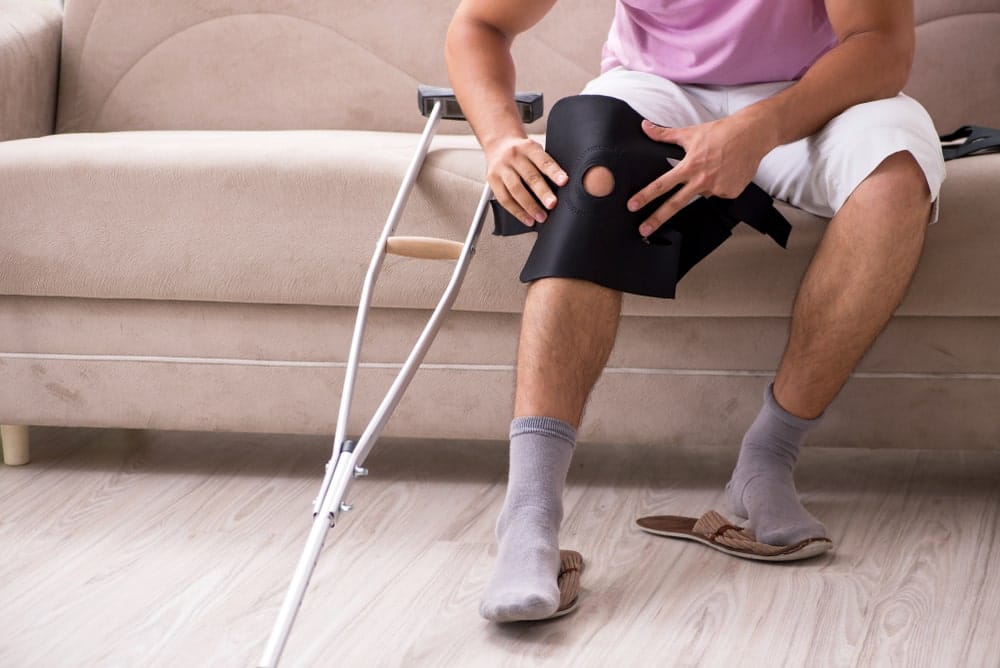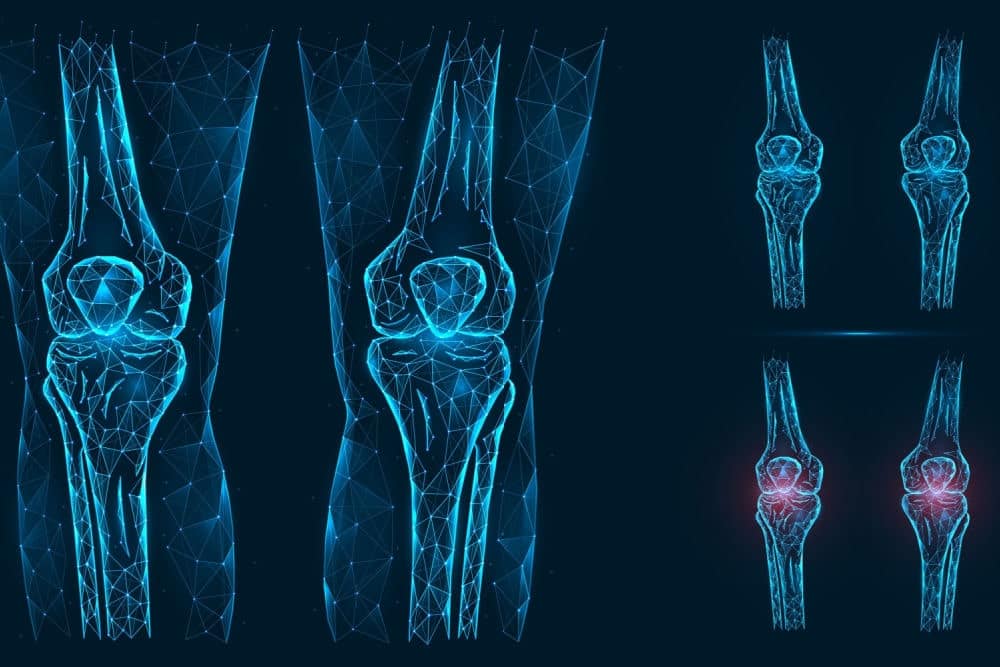Knee replacement surgery is a standard procedure to replace the knee joint with an artificial joint or prosthesis. This surgery is typically recommended for patients who have severe arthritis of the knee or who have experienced other types of damage to the knee joint.
We will discuss when it is time for a patient to get total or partial knee replacement surgery. We will also describe the symptoms that may lead to a diagnosis requiring knee surgery and explain what you can expect pre and post operation.
Who is Most Likely to Need Knee Replacement Surgery?

Patients who are most likely to need knee replacement surgery typically range anywhere from 55 to 60 and older, and have one or more of the following:
- Severe arthritis of the knee
- Damage to the knee joint from an injury
- Previous surgery that has not corrected the problem
What are the Symptoms of Needing Knee Replacement Surgery?
The most common symptom of needing knee replacement surgery is pain. This pain is typically constant and may worsen when you are active or put weight on your knee. Other symptoms may include:
- Swelling in the knee
- Stiffness in the knee
- Difficulty walking or bending your knee
When is Total or Partial Knee Replacement Surgery Necessary?
As we age, our joints can begin to wear down. The cartilage that covers and protects the ends of our bones starts to break down and thin. This process is called osteoarthritis, which can cause pain, stiffness, and swelling in the affected joint. For many people, osteoarthritis is a slow and progressive disease that worsens over time.
If you have osteoarthritis of the knee, you may be a candidate for knee replacement surgery if you experience any of the following symptoms:
- Severe pain that limits your daily activities
- Moderate to severe pain that is not relieved by medication or other conservative treatments
- Stiffness or swelling in the knee that limits your range of motion
- A deformity in the knee joint
How to Get a Diagnosis & Determine if You Need Surgery

If you are experiencing any of the symptoms listed above, OrthoUnited can help diagnose you. Our doctors will perform a physical examination and order imaging tests, such as an X-ray or MRI, to evaluate the condition of your knee.
After reviewing your test results, your doctor can determine if you are a candidate for knee replacement surgery. In some cases, other conservative treatments, such as physical therapy or weight loss, may be recommended before surgery is considered.
However, if knee replacement surgery is the best course of treatment for you, our team will work with you to develop a personalized treatment plan. OrthoUnited is committed to providing you with the highest quality care and getting you back to the activities you enjoy as soon as possible.
Total vs. Partial Knee Replacement Surgery
In total knee replacement surgery, also called total joint replacement, the damaged cartilage and bone are removed from the entire knee joint. The surfaces of the bones that form the knee joint are then replaced with metal and plastic components.
Total knee replacement is only necessary when all three compartments of the knee joint are affected by arthritis. The three compartments include the inner (medial), outer (lateral), and front (patellofemoral) regions of the knee.
In partial knee replacement surgery, only one or two knee compartments are affected by arthritis. In this case, only the damaged cartilage and bone are removed from the affected compartments. The surfaces of the bones are then replaced with metal and plastic components.
Partial knee replacement is usually only recommended when arthritis affects only one knee joint compartment. Partial knee replacement surgery is a less invasive alternative to total knee replacement.
What to Expect Pre & Post Surgery
Before your surgery, you will meet with one of OrthoUnited surgeons to discuss the procedure. You will also be given specific instructions on how to prepare for surgery, which may include:
- Stopping certain medications
- Blood tests or other diagnostic tests
- Adjusting your diet
- Exercising
Our advanced and minimally-invasive surgical options often allow patients to return home the same day as their surgery to begin the recovery process at home. During the next few weeks of your recovery period, you will begin physical therapy to help you regain your range of motion and strength.
Benefits of Total & Partial Knee Replacement Surgery
The main goal of knee replacement surgery is to relieve pain and improve joint function. This surgery can also help you:
- Regain your range of motion
- Reduce inflammation
- Improve your quality of life
Recovery from knee replacement surgery takes time, but most people who have this surgery experience a significant reduction in pain and an improvement in their quality of life.
Is Total or Partial Knee Replacement Surgery Right For Me?
If you are experiencing knee pain, don't wait to get it checked out. The earlier we can diagnose and treat your condition, the better the outcome. Contact OrthoUnited today to schedule an appointment.
Our qualified medical physicians can help determine if total or partial knee surgery is right for you. That way, you can get back to living your best life free of knee pain!
